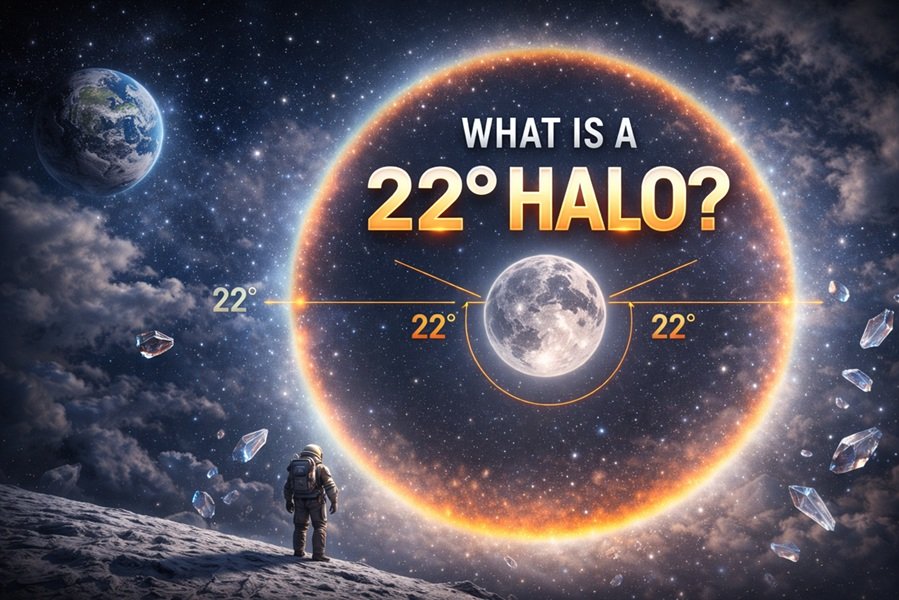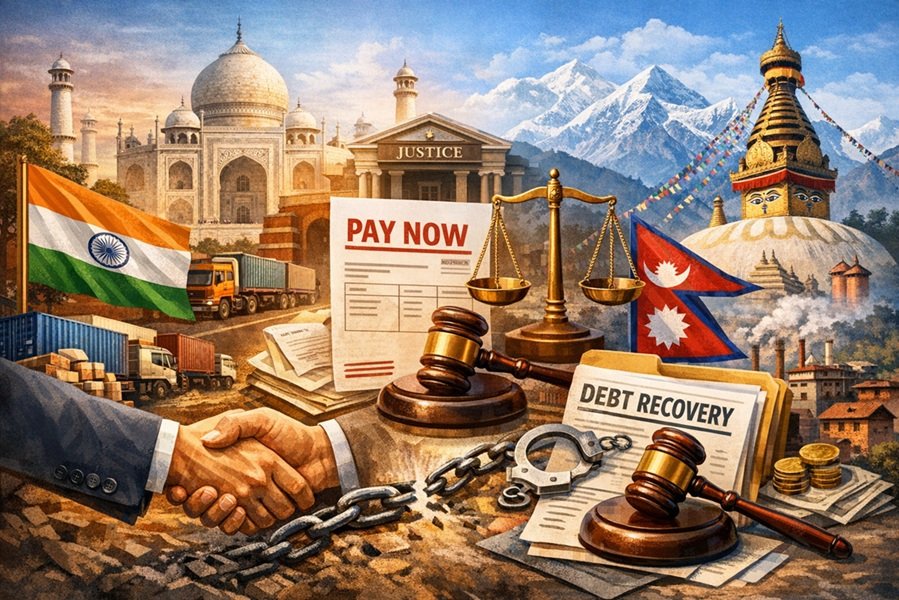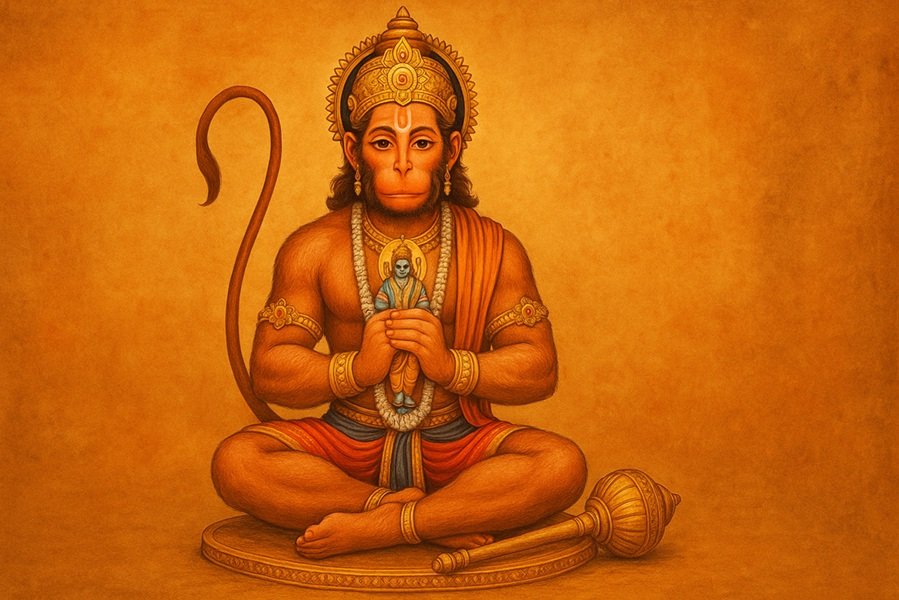
Introduction
When a powerful cyclone forms over the ocean, it captures global attention — not only for its destructive potential but also for its name. You might recall names like Cyclone Amphan, Cyclone Tauktae, or Cyclone Mocha. But have you ever wondered who names these cyclones and how the process actually works?
Cyclone naming is not arbitrary. It follows a structured international system governed by the World Meteorological Organization (WMO) and regional weather bodies. The goal is to make communication clear, avoid confusion, and help in effective disaster management.
In this article, we’ll explore how cyclones are named around the world, who decides the names, and what mechanisms and criteria are followed by meteorological agencies.
What is a Cyclone?
A cyclone is a large-scale air mass that rotates around a strong center of low atmospheric pressure. Depending on the region, the same phenomenon is known by different names:
- Hurricane – in the North Atlantic and Northeast Pacific
- Typhoon – in the Northwest Pacific
- Cyclone – in the South Pacific and Indian Ocean
Despite the different names, all of these systems are tropical storms formed over warm ocean waters and can cause severe wind damage, flooding, and storm surges.
Why Are Cyclones Named?
Before the naming system was introduced, identifying cyclones used to be confusing — especially when multiple systems developed simultaneously in a region. The naming of cyclones serves several important purposes:
- Improves Communication:
Names make it easier for media, meteorologists, and the public to discuss and track a specific storm. - Prevents Confusion:
Numeric or technical codes can be hard to remember. A name like “Cyclone Fani” is more distinct and easier to recall. - Enhances Public Awareness:
When a storm has a human name, it often gets more attention, helping authorities in issuing timely warnings. - Supports International Coordination:
Since cyclones often move across national boundaries, a standardized naming system helps neighboring countries coordinate better.
Who Decides the Name of a Cyclone?
The naming of tropical cyclones is coordinated globally by the World Meteorological Organization (WMO) through its Tropical Cyclone Programme (TCP).
Under the WMO, different Regional Specialized Meteorological Centres (RSMCs) and Tropical Cyclone Warning Centres (TCWCs) are responsible for naming cyclones within their specific ocean basins.
Here’s how the world is divided into different cyclone naming regions:
| Region / Ocean Basin | Responsible Organization | Common Name Used |
|---|---|---|
| North Atlantic & Eastern Pacific | National Hurricane Center (USA) | Hurricanes |
| Western Pacific | Japan Meteorological Agency (JMA) | Typhoons |
| North Indian Ocean | India Meteorological Department (IMD), New Delhi | Cyclones |
| South-West Indian Ocean | Météo-France, La Réunion | Tropical Cyclones |
| Australian Region | Bureau of Meteorology (Australia) | Tropical Cyclones |
| South Pacific | Fiji Meteorological Service | Tropical Cyclones |
Each of these regional bodies uses pre-approved lists of names that are contributed by the countries within that region.
Mechanism: How the Cyclone Naming Process Works
Let’s break down the step-by-step mechanism of how a cyclone gets its name:
Step 1: Formation of the Cyclone
When a tropical disturbance intensifies into a system with sustained wind speeds of 62 km/h (39 mph) or more, it is classified as a tropical storm. Only then is it eligible for naming.
Step 2: Identification by Regional Authority
The Regional Specialized Meteorological Centre (RSMC) or Tropical Cyclone Warning Centre (TCWC) in charge of that ocean basin monitors the system.
Once it meets the criteria, the center assigns the next available name from the predetermined list.
Step 3: Use in Warnings and Reports
The assigned name is then used in all official forecasts, warnings, and bulletins issued by the meteorological agencies and news outlets.
Step 4: Name Retirement (if necessary)
If a cyclone is particularly deadly or causes severe destruction (for example, Cyclone Nargis in 2008 or Cyclone Amphan in 2020), its name is retired and replaced with a new one — out of respect for victims and to avoid future confusion.
How Are Names Chosen?
The process of choosing names is collaborative and inclusive. Here’s how it works in detail:
1. Member Country Contribution
Each country in a cyclone-prone region submits a list of names — usually 8–10 suggestions — to their respective RSMC.
2. Name Lists Are Approved
The RSMC compiles all submitted names alphabetically or in sequence, and the list is approved by the WMO’s regional committee.
3. Sequential Usage
Cyclones are named sequentially as they occur. When the list is exhausted, it cycles back to the beginning or a new list is prepared.
4. Cultural and Linguistic Diversity
Names often reflect the languages, cultures, and heritage of the countries involved. For example:
- “Tauktae” (submitted by Myanmar) means “gecko” in Burmese.
- “Amphan” (submitted by Thailand) means “sky” in Thai.
- “Fani” (submitted by Bangladesh) means “hood of a snake”.
5. Avoiding Confusion
Names that are too similar in sound or could be politically sensitive, religiously offensive, or inappropriate are not accepted.
Cyclone Naming System in the North Indian Ocean
For India and its neighboring countries, the India Meteorological Department (IMD), New Delhi, acts as the Regional Specialized Meteorological Centre (RSMC).
Member Countries:
- India
- Bangladesh
- Pakistan
- Myanmar
- Maldives
- Sri Lanka
- Oman
- Thailand
- Iran
- Qatar
- Saudi Arabia
- United Arab Emirates
- Yemen
Each of these countries contributes names in advance. The IMD maintains a rotating list of names, which are used in order whenever a new cyclone forms in the Bay of Bengal or Arabian Sea.
Example of Recent Cyclone Names:
| Cyclone Name | Meaning | Country of Origin |
|---|---|---|
| Tauktae | Gecko (a reptile) | Myanmar |
| Nisarga | Nature | Bangladesh |
| Amphan | Sky | Thailand |
| Yaas | Tree | Oman |
| Gulab | Rose | Pakistan |
| Shaheen | Falcon | Qatar |
| Mocha | Red sea region / Coffee | Yemen |
How Are Names Retired and Replaced?
When a cyclone causes catastrophic destruction or heavy casualties, its name is retired from the list.
For example:
- Cyclone Amphan (2020) was retired due to its devastating impact on India and Bangladesh.
- The name ‘Amphan’ was replaced with ‘Amphool’, suggested by Thailand for future lists.
This ensures that future storms are not associated with the trauma of past disasters.
Global Examples of Cyclone Naming Practices
| Region | Example Names | Naming Body |
|---|---|---|
| Atlantic | Katrina, Sandy, Ida | National Hurricane Center (USA) |
| Pacific | Haiyan, Goni, Mawar | Japan Meteorological Agency |
| Indian Ocean | Amphan, Tauktae, Biparjoy | IMD (India) |
| Australian Region | Debbie, Marcia, Yasi | Bureau of Meteorology (Australia) |
Key Facts About Cyclone Naming
- Cyclone names are reused every few years unless retired.
- Each region maintains its own naming list.
- Names are not chosen randomly; they follow alphabetical or rotational order.
- A cyclone gets a name only after it reaches tropical storm intensity.
- The WMO oversees uniformity and fairness in naming across regions.
Read This also: Kendu Leaf Trade and the Fight for Tribal Rights: Odisha’s ‘Green Gold’ in Crisis
Conclusion
The process of naming cyclones is a blend of science, organization, and cultural representation. It ensures that every storm can be easily identified, tracked, and communicated about globally.
Behind each name lies a systematic mechanism coordinated by international and regional meteorological bodies — with contributions from multiple nations.
So, the next time you hear about a cyclone, remember that its name isn’t just a label — it’s part of a global system designed to save lives, promote awareness, and facilitate global cooperation.






